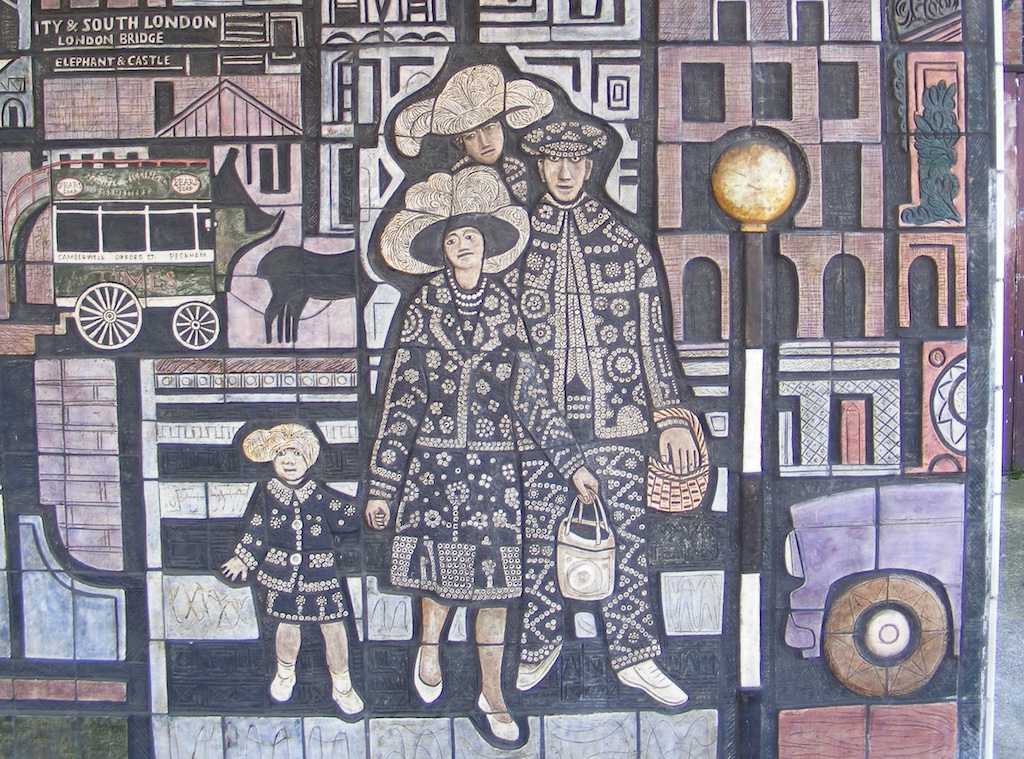Review of The Alienation Effect: How Central European Émigrés Transformed the British Twentieth Century by Owen Hatherley (Allen Lane, 2025)
Even if you love South East London, it is difficult to like the Old Kent Road. Its air is thick with particulates and disappointment. Lorries rumble down a highway lined with big box stores and neglected social housing. But there is one sight to lift the spirits: a thousand-foot mural wrapping two sides of a local government building, which celebrates the road’s history. Chaucer’s pilgrims and the peasant rebel Jack Cade advance beyond the Roman founders of London before giving way to a cheery policeman and Cockneys dressed as pearly kings and queens. The mural ends in its own era, capturing the tower blocks and jet planes of the 1960s.
The artist behind this tribute to London’s variety and resilience was Adam Kossowski, a Polish émigré who fled the Nazis and survived Joseph Stalin’s gulags before putting his stamp on the city. Owen Hatherley’s The Alienation Effect, which celebrates how Kossowski and many other Central European exiles helped the British to see themselves anew, resembles his mural in its combination of jewel-like detail and panoramic sweep.
Hatherley’s previous books fall into two broad categories. The first sharply criticized the built environment of Great Britain and its former empire, which Hatherley suggests betrayed its provincialism and mean politics. The other comprises scholarly travelogues that toast the aesthetic daring and social purpose of architecture and urbanism across Europe, but primarily in the former Soviet bloc. This new book, which takes in everything from photography to book design, makes arresting connections…
Auteur: Michael Ledger-Lomas

